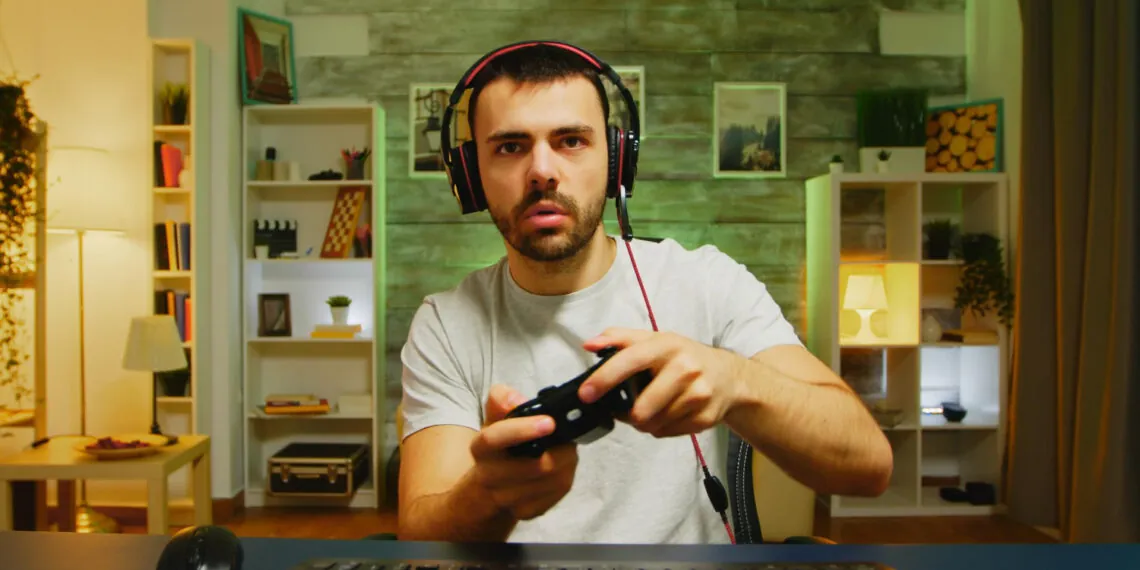Before the crack of dawn, before the thunder of artillery, there is only silence—broken by the soft radio static and the muted crunch of boots on gravel. This is recon: our chance to see the unseen, to feel the shape of the battlefield before it swallows you whole. In Cost Of War, scouting isn’t an optional side hustle—it is the soul of every mission, the deliberate breath before the plunge, and the thin line between victory and chaos.
Design Philosophy: From Fog to Focus
We asked ourselves early on: how do you capture the dread and anticipation of moving unseen through hostile terrain? The answer lay in the fog of war—literally and metaphorically. Our lead level designer, Marissa Chen, recalls spending months sculpting layered foliage, broken railcars, and half-buried ruins to channel that ever-present uncertainty.
“In real operations,” Marissa explains, “scouts don’t always know what’s around the next bend. We wanted players to feel that uncertainty. Narrow sightlines, shifting light, and ambient sound cues force you to slow down, to breathe, to listen.”
Every twig that snaps underfoot, every distant engine rumble, becomes a heartbeat in your ears. We balanced visual fidelity with playable clarity so that threats can hide yet never feel unfair. Recon missions start with minimal HUD, encouraging players to trust their eyes—and their instincts.
Narrative Threads: Stories in Silence
Recon sequences in Cost Of War aren’t merely about intel—they’re about people. Our narrative director, Omar Ruiz, wove character backstories into each scouting waypoint. A crumpled photograph pinned to a barn door. A child’s toy half-buried in mud. A bullet-riddled billboard carrying last week’s propaganda.
“We didn’t want recon to be a checklist,” Omar says. “Every observation should resonate emotionally—either as a clue to your objective or a small tragedy of civilian lives caught in conflict.”
This silent storytelling invites players to interpret, to fill in the blanks. Did that overturned stroller mean an evacuation was underway? Does the fresh tire tracks on the dirt road point to an enemy convoy? Scouting becomes an act of empathy, layering moral complexity onto raw tactics.
Player Experience: Every Step Counts
Playtesting recon felt like guiding someone through a dark maze with only a flickering lantern. Our QA lead, Elena Petrov, remembers sessions ending in heart-racing triumph or terse, whispered curses.
“We’d see players freeze at crossroads, debating left or right,” Elena notes. “They’d backtrack, circle obstacles, crawl under rusted girders. You could almost hear the weight of their decisions.”
Recon segments teach patience. They reward observation—spotting a guard’s patrol route, triangulating mortar positions, marking supply caches. When it comes time to assault, your squad moves with the confidence born of knowledge. A misstep here costs you more than health bars; it fractures immersion and tears at the narrative you’ve built.
Technical Craft: AI, Visuals, and Tension
Under the hood, our AI director dynamically adjusts enemy patterns based on player behavior. Push forward too aggressively and patrols tighten. Hang back too long and reinforcements arrive. This living battlefield ensures no two recon runs ever feel identical.
Visually, we layered post-processing effects to convey fatigue and heightened senses. A recon specialist’s ‘focus mode’ narrows the field of view at the expense of tunnel vision—emphasizing what matters, while obscuring peripheral threats. We balanced this with audio design: a muted world punctuated by whispered comms and the slow thrum of a suppressed heartbeat.
Behind every rock silhouette and distant searchlight lies hundreds of invisible threads: AI navmeshes synced to foliage sway, edge detection shaders that highlight interactive surfaces, and lo-fi radio chatter that hints at unseen movements. It’s a tapestry of cues, all designed to keep players alert, engaged, and emotionally invested.
Conclusion: Beyond the Frontlines
Recon in Cost Of War isn’t a mere prelude to gunfire—it’s the narrative crucible where tension, story, and tactics collide. It whispers of unseen dangers, of civilian echoes, of moral crossroads. As players slide into shadows, mark targets in the distance, and relay information back to command, they become more than soldiers—they become storytellers of war’s human cost.
Next time you pick up your binoculars, remember: every seed of intel you sow blooms on the battlefield. Scout well, soldier. The war doesn’t wait, and neither does your conscience.







